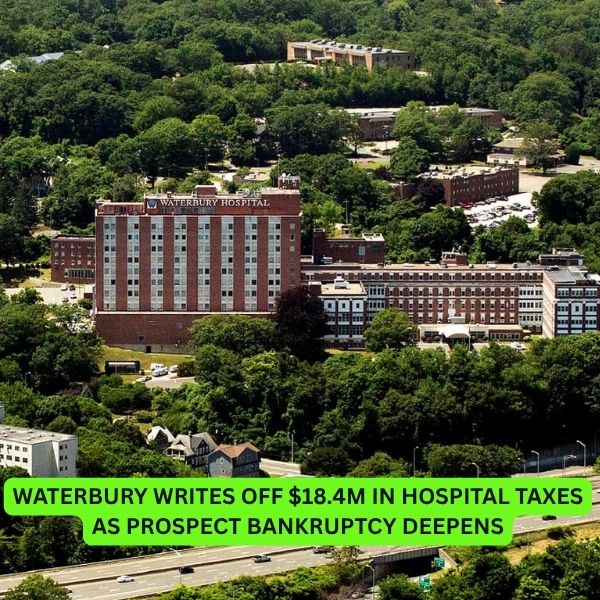Connecticut’s economy shrank by 0.9% in the first quarter of 2025, outpacing the national contraction of 0.5%, according to new data from the federal Bureau of Economic Analysis (BEA). The decline reflects widespread volatility across the country, with 38 other states also experiencing economic downturns during the same period.
Experts believe this contraction stems in part from businesses rushing to import goods ahead of new tariffs announced by President Donald Trump. Since imports aren’t factored into GDP calculations, a surge in pre-tariff inventory orders may have distorted short-term growth figures.
“I don’t think this is a slowing down in the economy, but it’s showing the volatility in the economy on a month-to-month basis,” said Chris DiPentima, president and CEO of the Connecticut Business & Industry Association. “There were a lot of businesses trying to get ahead… before those products and services increase in price.”
Finance, Insurance, and Trade Drive Decline
This Article Includes
Finance and insurance, which saw decreases in every state, were the leading sources of economic decline in 18 states, including Connecticut. Wholesale trade and agriculture were also major contributors nationally.
“Some of that has to do with the volatility in the stock market in the first quarter,” DiPentima explained. “And finance and insurance continue to lag in job growth in Connecticut.”
Among neighboring states, Massachusetts also saw a 0.9% GDP drop, New York declined 0.7%, and Rhode Island fell 0.2%. The steepest GDP declines were in Iowa and Nebraska, both down 6.1%. South Carolina, by contrast, posted 1.7% growth — the highest in the nation.
Warning Signs, but Not a Recession—Yet
Although a shrinking GDP is often viewed as a red flag, one quarter of contraction doesn’t indicate a recession. Recessions are typically defined by two consecutive quarters of negative growth. Last year, Connecticut’s economy grew 2.6%, slightly below the national rate of 2.8%.
Still, concerns remain. Businesses and economists alike are watching closely for federal decisions on trade, the budget, taxes, and interest rates — all of which could shape the economy’s direction through the rest of the year.
“Three things need to be answered: tariff policy, the federal budget and the overall tax package,” DiPentima said. “And a fourth one that affects businesses is interest rates.”
Bright Spots: Personal Income and Hiring
Despite the GDP setback, Connecticut saw a 5.8% annual increase in personal income — slightly below the national rate of 6.7% but strong considering the state’s already high income base. Neighboring states also saw gains: Rhode Island led at 6.8%, followed by New York at 6.1% and Massachusetts at 4.9%.
Job opportunities also remain plentiful, with around 70,000 open positions statewide.
“Personal income is a positive sign,” said DiPentima. “The wage increases are more than offsetting inflation… employers are doing everything they can to attract and retain people and grow their businesses.”
In short, while Connecticut’s economy hit a bump early in the year, business leaders remain cautiously optimistic that this dip could be a temporary reaction to policy changes — rather than the start of a broader economic slide.













Leave a Reply